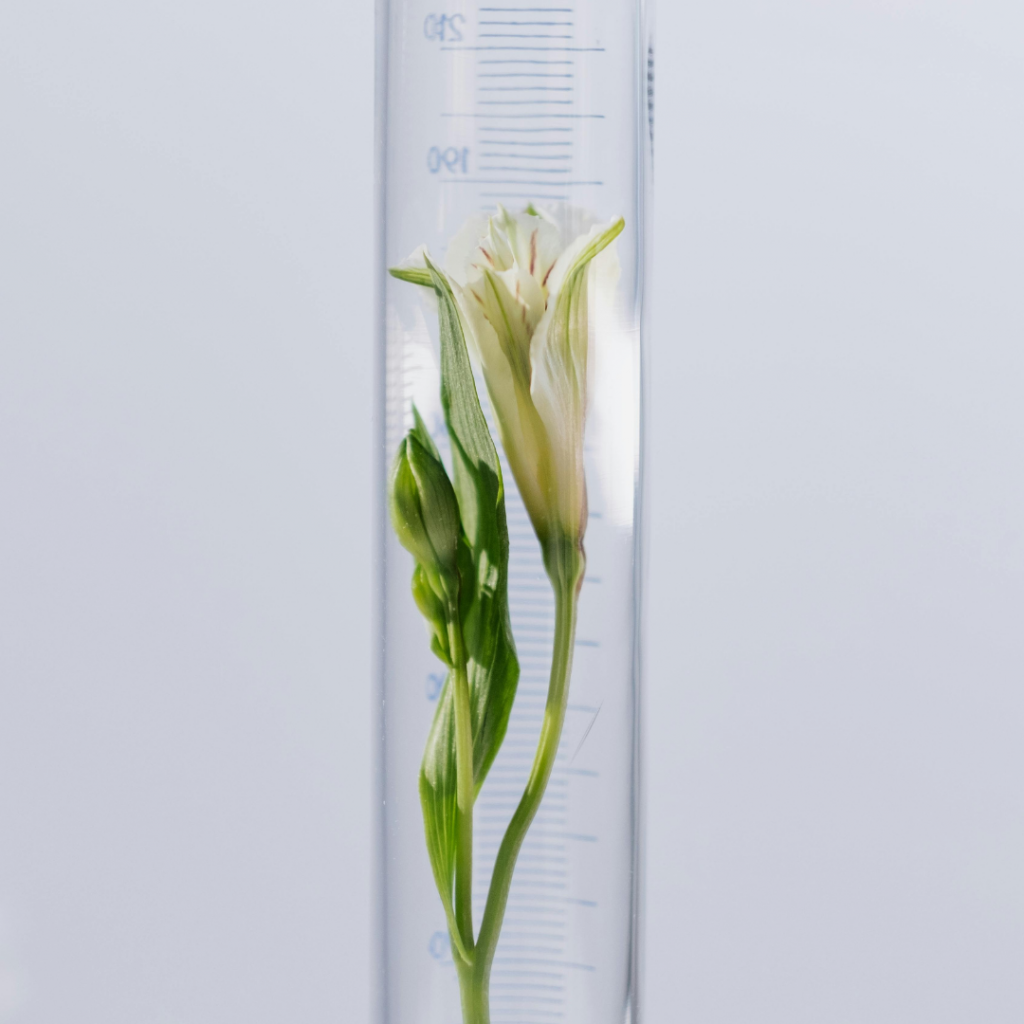Terpenes are those fantastic organic compounds that are abundant in the plant and fruit world, and they vary widely in scent, function and therapeutic application. Just as terpene scents are both rich and diverse, so too is the history of the terpene.
Let’s take a look from ancient civilizational use to modern-day scientific understanding – the terpene of the journey is an exciting tale of discovery, potential and looking at thinking outside the box.
Discovery & Early Use
Initially, terpenes were celebrated and utilised for both their medicinal and aromatic properties – the ancient Egyptians, Romans and Greeks used aromatic plants in everything from perfumes and incense to ointments and healing balms. Even the Egyptian medical text the Ebers Papyrus (dating back all the way to 1550 BC) records such usage, with frankincense and myrrh noted for their healing function.
Indigenous Australia have long understood that aromatic plants play a key role in healing rituals and traditional medicine practices – relaxing lavender, refreshing eucalyptus savoury sage were all known for their individual therapeutic effects from managing pain to easing respiratory issues, even assisting with anxiety.
Further Scientific Exploration
During the Renaissance period, there was a clear resurgence in scientific exploration, and a renewed interest in studying the botanical world, including terpenes. Both botanists and scholars of this era catalogued plant species and documented therapeutic and medicinal application – pioneers in this field like Carl Linnaeus and Paracelsus set the wheels in motion for the systematic studies of plant compounds that was to come.
In the 19th century, terpenes started “trending” in the scientific community – isolating and identifying individuals terpenes like limonene and pinene (both of which we’ve profiled here on the Farma blog!) marked key milestones in how we understand these complex molecules. Essential oils began to be examined by pharmacologists to build knowledge and develop further therapeutic applications.
Modern Day Terpene Science
Today, the advancements in analytical techniques have empowered scientists to explore the therapeutic potential of terpenes with precision, helping to reveal the diverse pharmacological effects of terpenes. Everything from anti-inflammatory to neuroprotective properties – the possibilities for terpenes and their application remains an exciting area of research, and now scientists are looking to understand the synergistic interactions between terpenes and other kinds of plant compounds (known as the entourage effect).
Terpenes are everywhere in the plant world, and in many ways, we’re just beginning to tap into the full potential of how terpenes can support not only alternative medicine Patients but individuals looking to manage a range of conditions. Terpenes remind us that the natural world from which we’ve evolved continues to play a powerful role in our lives, past, present and future.
Disclaimer: The information provided here is for educational purposes only and should not be considered as legal advice. For accurate legal guidance, please consult with relevant legal authorities or a qualified professional.

